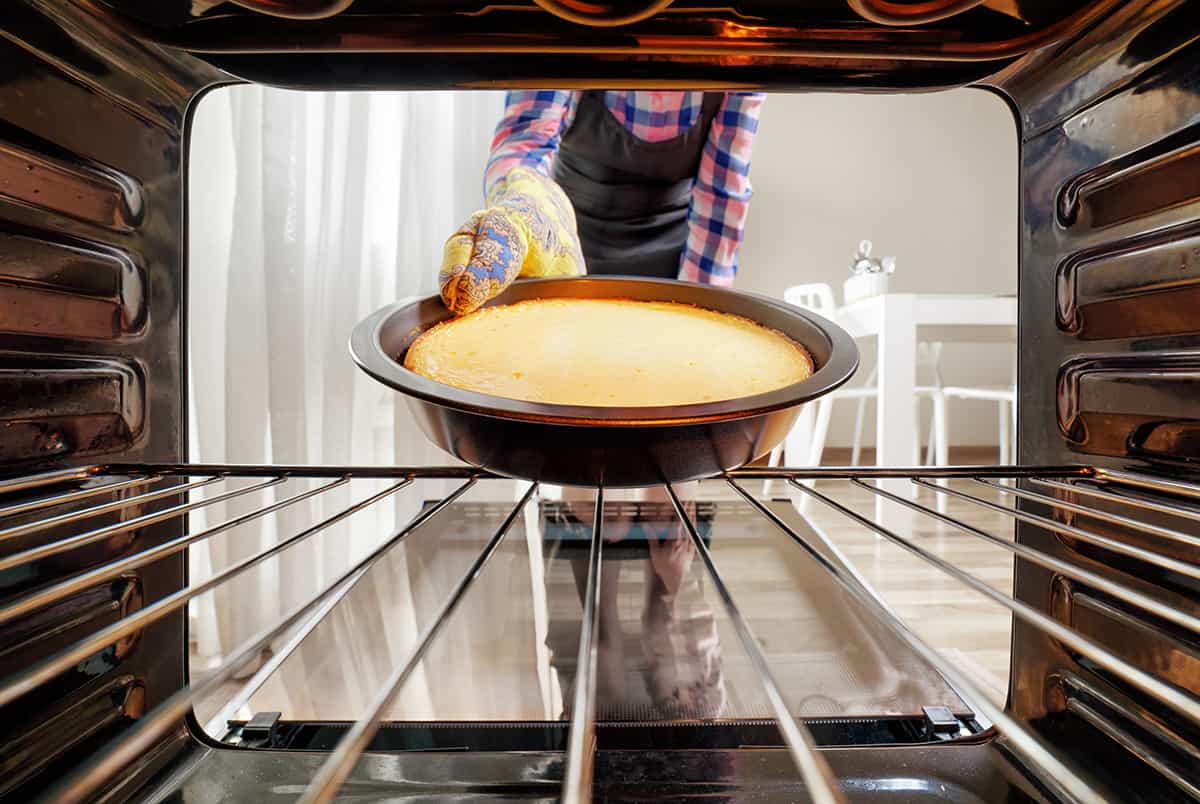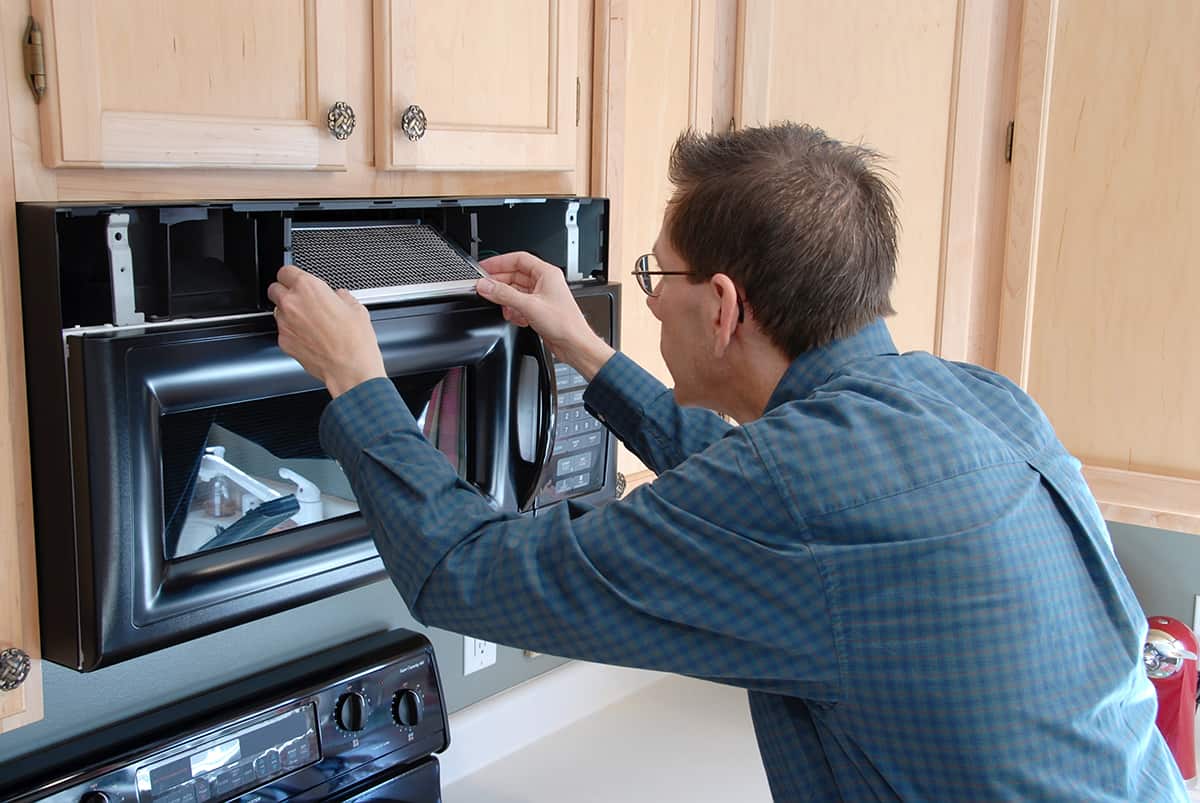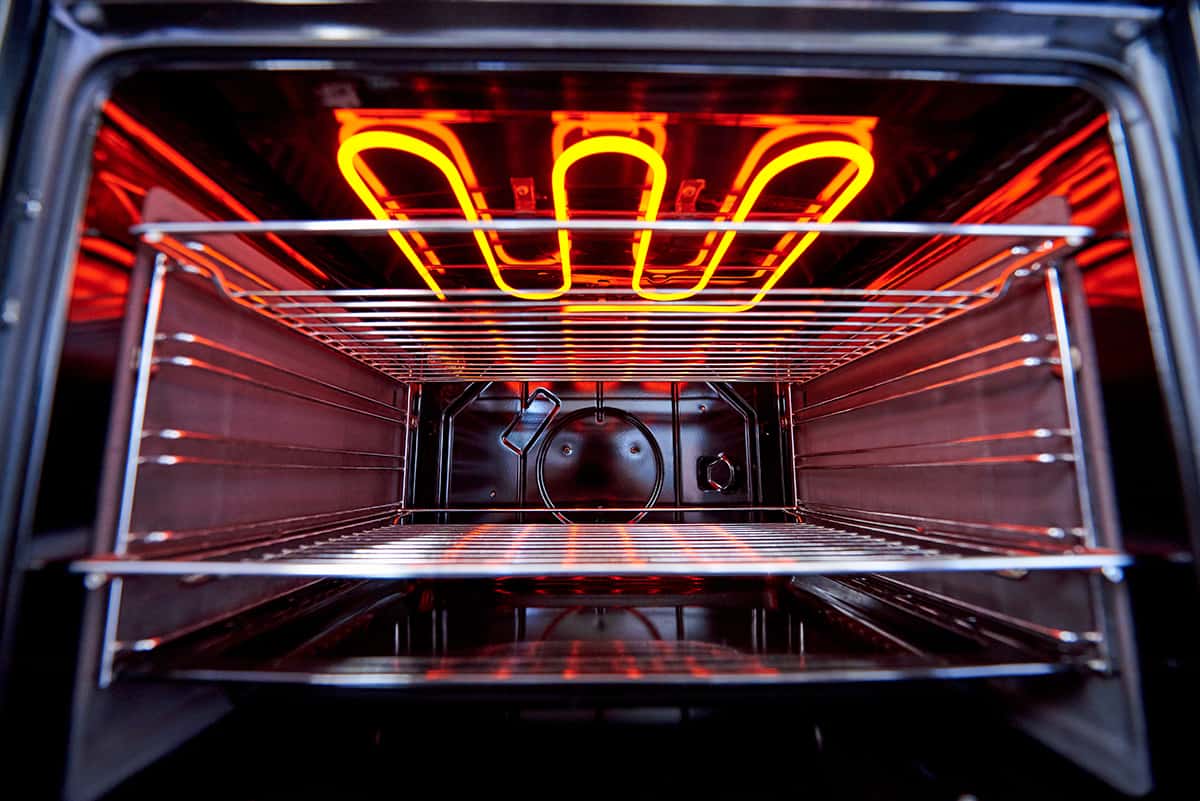The oven is an essential appliance in any home, helping us create delectable meals and heartwarming memories. Central to the oven’s performance is the oven temperature sensor, an unsung hero that ensures our food is cooked just right. However, when this crucial component malfunctions, our culinary adventures can quickly turn into kitchen disasters.
You can tell when your oven’s temperature sensor is on the fritz by the following signs:
- Temperature inconsistency in the oven
- Oven not heating to the set temperature
- Oven heating beyond the set temperature
Today, we will take a closer look into the world of oven temperature sensors. We will explore why they’re vital, how to spot a malfunctioning sensor, and provide handy tips for testing, calibrating, or replacing a bad sensor.
Why Is the Oven Temperature Sensor Important?

The oven temperature sensor, though small in size, plays a pivotal role in the functionality of your oven. Knowing the significance of this component will not only improve your baking and cooking outcomes but also help you maintain the efficiency of your oven and extend its lifespan.
Implications for Cooking and Baking
The science of cooking and baking is deeply intertwined with temperature control. When you set your oven to a specific temperature, it’s the sensor’s job to ensure the oven achieves and maintains that temperature throughout the cooking process.
If the sensor isn’t functioning correctly, the oven may not heat to the correct temperature, leading to undercooked or overcooked food. Likewise, a perfectly roasted chicken or a crisp pizza requires precise temperature regulation, making the oven temperature sensor an essential partner in your culinary endeavors.
Energy Efficiency
A functional oven temperature sensor ensures the oven cycles on and off at the correct intervals, maintaining the set temperature with minimal energy expenditure. Therefore, a well-maintained sensor not only helps save on energy costs but also contributes to a greener, more eco-friendly home.
Recognizing a Faulty Oven Temperature Sensor
Knowing how to identify a faulty oven temperature sensor is an essential skill for homeowners. This knowledge allows you to take quick corrective action, preventing further damage to your oven or waste of ingredients due to poorly cooked food.
1. Temperature Inconsistency
If you observe that your oven is no longer maintaining a steady temperature or that there’s a disparity between the temperature you set and the actual internal temperature, this could indicate a problem with the oven temperature sensor.
2. Oven Not Reaching the Set Temperature
One key symptom of a faulty oven temperature sensor is when the oven doesn’t heat to the set temperature. In this case, you may find that your food is taking longer to cook, or even worse, it’s not cooking thoroughly.
3. Oven Heating Beyond the Set Temperature
Conversely, if your oven is getting hotter than the temperature you set, this could also be a sign of a bad oven temperature sensor. This symptom may result in overcooked or burned food.
How to Test Your Oven Temperature Sensor
If you suspect your oven temperature sensor is malfunctioning, conducting a simple test can help confirm your suspicions. Remember, this is a basic test, and while it’s often effective, it’s not infallible. If your oven continues to behave unusually despite the sensor testing okay, it’s advisable to call a professional appliance technician for a thorough diagnosis.
Testing your oven temperature sensor requires a multimeter, an electrical measuring device available at most hardware stores. Make sure your multimeter is set to measure resistance, usually indicated by the symbol “Ω.”
Accessing the Oven Temperature Sensor
The sensor is usually a thin metal rod located on the top right side of the oven. Unplug your oven or switch off the circuit breaker to ensure safety before proceeding. Once you’ve located the sensor, gently remove it from its housing, being careful not to pull on the wires too forcefully.
Testing the Oven Temperature Sensor
With the sensor removed and your multimeter ready, connect the multimeter’s probes to the prongs at the end of the sensor’s connector. The multimeter should now provide a reading of the sensor’s resistance.
At room temperature, a properly functioning oven temperature sensor typically has a resistance of approximately 1100 ohms. However, this can vary slightly based on the specific model of your oven, so consult your oven’s manual for exact figures.
Interpreting the Results
If the resistance reading on your multimeter matches the figure in your oven’s manual, your sensor is probably in good condition. However, if the resistance reading is significantly off, it’s likely your oven temperature sensor is faulty and needs replacing.
Steps to Calibrate Your Oven Temperature Sensor

If you’ve noticed your oven’s temperature is off, but your temperature sensor seems to be in good condition, your oven may need calibration. Calibrating your oven can resolve minor temperature discrepancies.
To calibrate your oven, you’ll need an oven thermometer. These thermometers are designed to withstand high temperatures and provide an accurate reading of the oven’s internal temperature.
How to Calibrate Your Oven
- Test the Current Temperature: Place your oven thermometer in the center of the middle rack. Preheat your oven to 350°F (or 180°C). Allow the oven to preheat for at least 20 minutes to ensure it reaches a stable temperature. Check the thermometer to record the oven’s internal temperature.
- Determine the Temperature Adjustment: If the oven thermometer’s reading matches the temperature you set, your oven doesn’t need calibration. However, if there’s a significant difference, note down how many degrees your oven is off.
- Adjust the Oven’s Calibration: This step can vary depending on your oven’s model. For some ovens, you can calibrate the oven by accessing the settings menu on the oven’s display panel. For others, you may need to adjust a screw on the back of the temperature knob. Refer to your oven’s manual for specific calibration instructions.
- Repeat the Test: After adjusting your oven’s calibration, repeat the test at 350°F (or 180°C) using your oven thermometer. If the oven’s internal temperature now matches the set temperature, you’ve successfully calibrated your oven.
Replacing a Bad Oven Temperature Sensor
Replacing an oven temperature sensor involves disconnecting the old sensor and installing a new one. Make sure to find the right replacement part for your oven’s model to ensure compatibility and accurate temperature reading.
For this job, you’ll need a nut driver or a screwdriver, depending on your oven model. Some oven temperature sensors are secured with screws, while others might have nuts. You’ll also need the replacement sensor for your specific oven model.
Steps to Replace an Oven Temperature Sensor
- Ensure Safety: Unplug your oven or turn off the circuit breaker to prevent any electrical accidents.
- Locate the Sensor: The oven temperature sensor is usually found at the back of the oven, a thin metal rod protruding from the back wall.
- Remove the Old Sensor: Use your nut driver or screwdriver to remove the screws or nuts holding the sensor in place. Once loose, gently pull the sensor until the wire connector is visible. Disconnect the sensor from the wire connector.
- Install the New Sensor: Connect the new sensor to the wire connector. Then, place the sensor in its housing at the back of the oven, making sure it’s secured with the screws or nuts.
- Test the New Sensor: Plug your oven back in or turn the circuit breaker back on. Set your oven to a specific temperature and use an oven thermometer to verify if the oven reaches and maintains the correct temperature.
While replacing an oven temperature sensor is doable for many homeowners, don’t hesitate to call in a professional if you’re uncomfortable with the process. Professional appliance technicians have the necessary tools and experience to replace the sensor safely and accurately.






